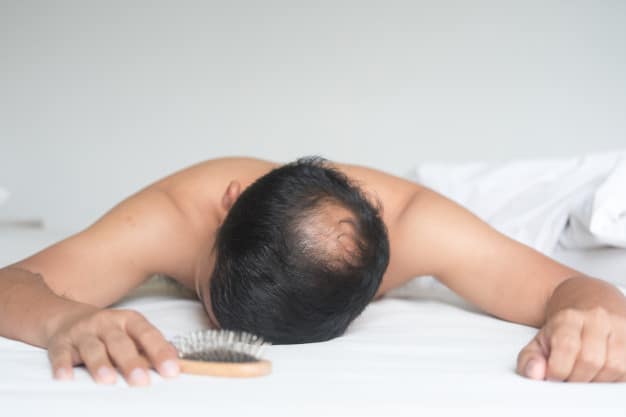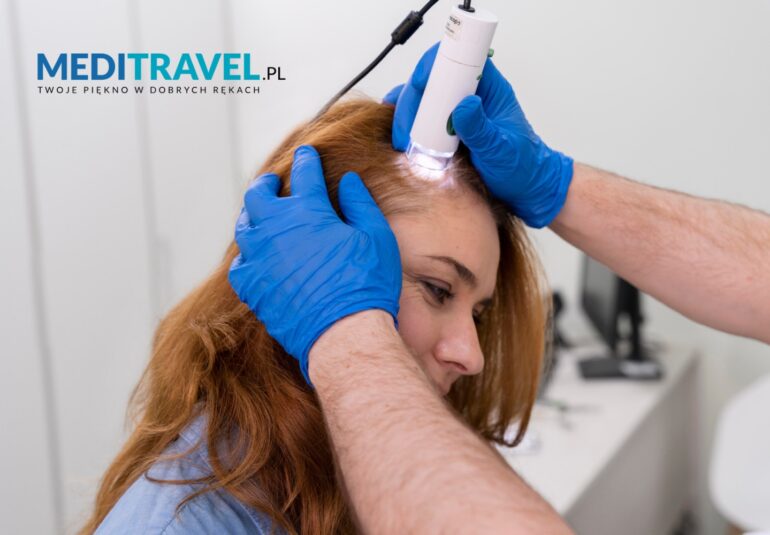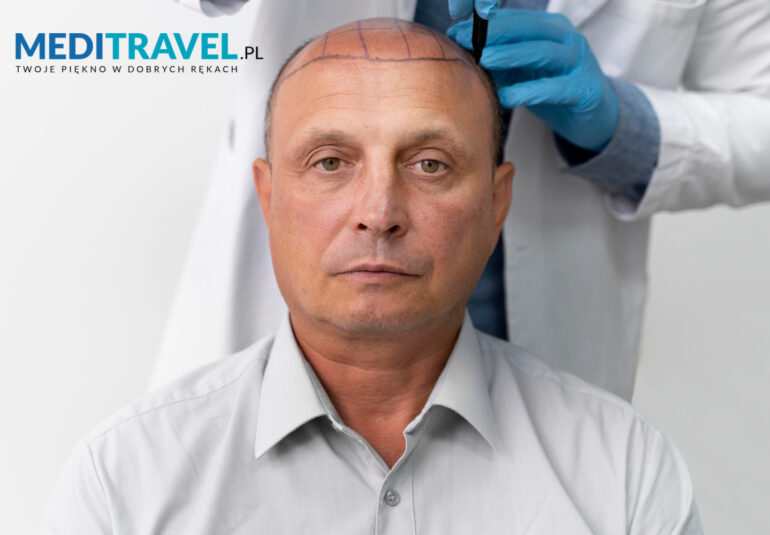
Scarring alopecia
Scarring Alopecia, also known as Cicatricial alopecia, is a type of hair loss that causes irreversible hair loss. What causes it? Is there any way to stop it? You will find the answers in the following article.
Can scarring alopecia be stopped?
Scarring Alopecia is a type of hair loss characterised by the formation of scars that prevent hair growth and cause irreversible destruction of hair follicles. Living with scarring alopecia is not something easy, as with other forms of hair loss, research has shown that it can have a serious impact on patients’ self-esteem, social experiences and quality of life.
In fact, many people concerned about the cost of hair transplantation in Turkey are actually patients who have suffered from scarring alopecia.
However, do you know what the causes of this condition are? Does scarring alopecia simply burn itself out or does it need treatment to stop it? If you are looking for answers on how to stop the spread of alopecia areata or what are the symptoms and how to identify them … read the text below.
How is scarring alopecia diagnosed?
The question is: can hair grow back after scarring?
The bad news is that, as we mentioned earlier, once scarring alopecia has caused the destruction of the hair follicles, it is irreversible. This is why it is so important to recognise and detect it during the symptoms of this disease. On the other hand, the good news is that scarring alopecia is usually found in a limited area of the scalp.
In scarring alopecia, the destruction of hair follicles is caused by inflammation of the upper part of the hair follicle (where the stem cells and sebaceous gland are located); however, this inflammation – which eventually causes the hair follicles to atrophy and be replaced by scar tissue – can sometimes go unnoticed at first, but there are other common symptoms such as itching, burning, high sensitivity and even severe pain, along with hair loss.
Appearance of the skin
In addition, the skin takes on a strange appearance, becoming atrophic and pale, making it impossible to pinch; redness, flaking, reduced pigmentation and pimples can also occur as a result of the inflammatory process that occurs under the scalp. Remember that this process can occur in both men and women of all ages, but it is also rare in children.
Therefore, it is extremely important to detect inflammation of the hair follicles or any of these symptoms in time before the destruction of the hair follicles. Because scarring alopecia usually appears as bald patches, it can sometimes be confused with alopecia areata; so if the symptoms are not clear, consult a specialist who can detect scarring alopecia by performing a scalp biopsy.
What causes scarring alopecia?
Scarring alopecia – can have many causes, so it is not an easy task to identify its origin. So what causes scarring hair loss? Well, unlike other types of baldness, it can occur due to genetic factors, but also due to external factors such as infections or trauma. In summary, we can say that scarring alopecia is classified as primary or secondary:
- Primary: Scarring alopecia is mainly due to genetic and hereditary factors or other internal disorders that cause changes in follicle development, its inflammation and eventually its destruction.
- Secondary: Folliculitis is caused by trauma or physical injuries (blows, wounds, burns, etc.) or other external factors such as infections, tumours …
Folliculitis and scarring alopecia
In fact, although in both cases the trigger for hair destruction is folliculitis, secondary scarring alopecia is the most common type and can be the consequence of all kinds of trauma, infections (bacterial and viral) and even occur as a result of treatments such as surgery or radiotherapy.
Traction alopecia often affects women who wear traumatic hairstyles for long periods of time, and if this hairstyling is persistent and not treated properly, the condition can continue to progress until it becomes scarring alopecia, causing irreversible damage to the hair follicles.
How to reverse scarring alopecia?
Questions arise: can scarring alopecia be stopped? How to treat alopecia areata?
We have already mentioned that once a follicle is destroyed, it is irreversible; but if we can identify the symptoms and causes of baldness in time, there are treatments that can be very effective in preventing further damage to the rest of the follicle.
Scientific solutions with medication
In addition, doctors and scientists are working every day to learn how to stop baldness scarring; for example, there have been reports of the use of PRP (platelet-rich plasma) for baldness scarring with successful results that are quite promising, as well as those using drugs such as minoxidil.
In any case, since the damage to the hair follicles is permanent, the best and most common solution today for patients suffering from scarring alopecia is hair transplantation. Our clinic in Turkey has specialists in various types of treatments and we have the best specialists ready to diagnose your hair problems. Browse hair transplant reviews in Turkey and find out why so many people have already trusted us.



